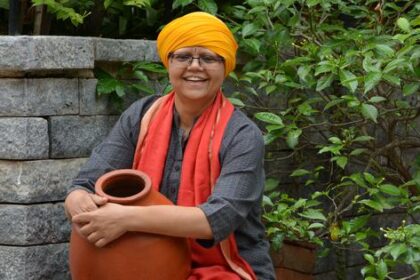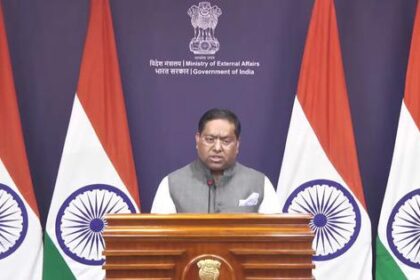Strong support from the Dalai Lama is paving the way for Tibetan Buddhist nuns to gain higher education.
In August 2025, a significant milestone was reached when 161 Tibetan Buddhist nuns from various religious institutions across India and Nepal convened at the Dolma Ling Nunnery in northern India to undertake the “geshema” examination. This gathering marked a record number of participants preparing for the geshema degree, which is akin to a doctorate in Tibetan Buddhist philosophy. Until recently, women had no access to these examinations, highlighting the dramatic changes in educational opportunities for nuns over the past 13 years.
The shift towards greater emphasis on women’s education has been instrumental in enabling Tibetan Buddhist nuns to assume roles as teachers and abbesses. Within monastic institutions and Buddhist centers worldwide, nuns are increasingly recognized for their religious scholarship, including the attainment of the geshema degree. Historically, while nuns were respected within Tibetan Buddhist culture, they faced significant barriers to educational and leadership opportunities compared to their male counterparts.
The 14th Dalai Lama, Tenzin Gyatso, has played a crucial role in this transformation by advocating for the education of nuns. He has consistently encouraged nuns to pursue advanced degrees, aligning this goal with his broader vision for gender parity in Buddhism. His statements reflect a belief in the intellectual equality of men and women, underscoring the importance of education for all practitioners. The Dalai Lama’s advocacy has helped dismantle long-held misconceptions regarding women’s intellectual capabilities, which historically limited their participation in Buddhist scholarship.
Moreover, nuns are now actively involved in teaching philosophy at their nunneries and abroad, taking on leadership roles and serving as role models within their communities. They are also engaging in lengthy retreats, which are essential to Buddhist contemplative practices. The Dalai Lama has been a pivotal figure for the Tibetan community in exile since 1959, following his escape from Tibet due to political unrest. His leadership has emphasized the importance of education for preserving Tibetan culture, including its spiritual traditions.
Prior to the recent advancements, formal education for nuns was largely unavailable. In Tibet, nuns primarily engaged in ritualistic roles and had minimal opportunities to study Buddhist texts. The establishment of a systematic curriculum for nuns comparable to that of monks has been a challenging process, exacerbated by the limited number of nunneries in India and Nepal. Many nuns arriving in India faced significant hardships, including trauma from their experiences in Tibet and the overcrowded conditions of existing nunneries.
However, the landscape began to change in the 1980s, as more Tibetan nuns migrated to India and Nepal. This migration led to the development of new nunneries such as Gaden Choling and Dolma Ling, which were supported by organizations like the Tibetan Nuns Project. These institutions were established to empower nuns and facilitate their education. The Dalai Lama’s support has been instrumental in encouraging these organizations to create a more conducive environment for nuns to pursue higher education.
Since the geshema degree was first awarded in 2012, a total of 73 nuns have achieved this status, which was previously reserved for men. Following the introduction of the geshema program in the Geluk tradition, nuns from other Tibetan Buddhist schools have also begun to pursue advanced degrees, further expanding the educational landscape for women in Buddhism. The ongoing efforts to support nuns’ education continue to reshape the role of women within Tibetan Buddhism, fostering an environment where they can thrive as scholars and leaders.








